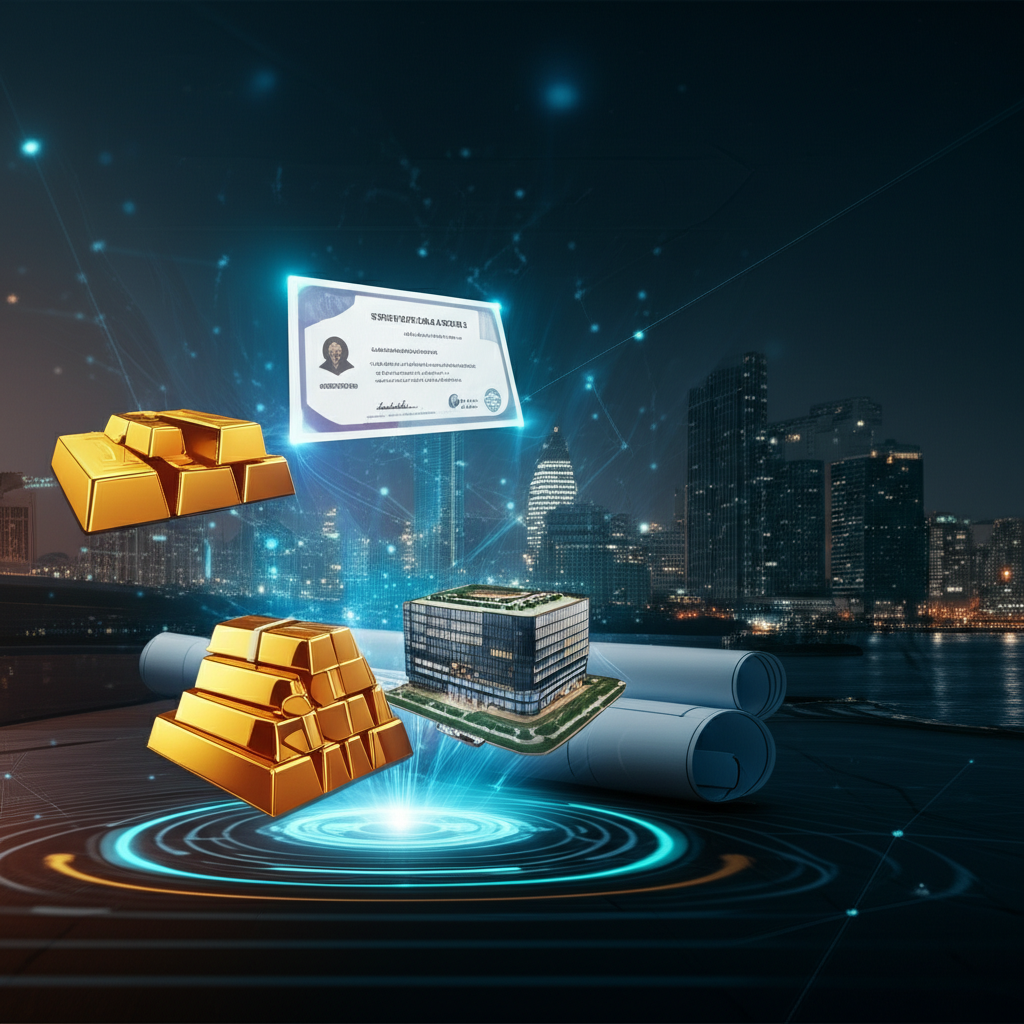How Major Financial Players Are Leveraging Distributed Ledger Technology to Revolutionize Traditional Finance
The landscape of global finance is undergoing a profound transformation, spearheaded by the accelerating adoption of blockchain technology by institutional giants. Moving beyond the speculative realms often associated with cryptocurrencies, the focus has sharply shifted towards the tokenization of real-world assets (RWAs). This pivotal trend signifies a maturation of the Web3 ecosystem, proving its tangible utility in enhancing efficiency, transparency, and accessibility within traditional financial markets.
The Emergence of Institutional Confidence
Once viewed with skepticism, blockchain and distributed ledger technology (DLT) are now at the heart of strategic initiatives within the world’s leading financial institutions. This shift is not merely about embracing new tech; it’s a calculated move to unlock unprecedented efficiencies, reduce costs, and create new avenues for liquidity. Major banks, asset managers, and financial service providers are increasingly allocating significant resources to explore and implement blockchain solutions, recognizing its potential to reshape everything from securities trading to supply chain finance. Their motivations stem from a desire for enhanced settlement speed, automated compliance, and the ability to fractionalize high-value assets, democratizing investment opportunities.
Real-World Asset (RWA) Tokenization Explained
Real-World Asset (RWA) tokenization involves issuing digital tokens on a blockchain that represent ownership of tangible or intangible assets outside the blockchain. These can range from real estate, gold, and fine art to bonds, equities, and even intellectual property. The core benefit lies in transforming illiquid assets into liquid, programmable digital tokens. This process allows for fractional ownership, enabling smaller investments and broader participation, and streamlines transactions by leveraging blockchain’s inherent transparency and immutability. Furthermore, smart contracts can automate various aspects of asset management, including dividend distribution, interest payments, and compliance checks, significantly reducing manual overhead and human error.
Key Players and Pioneering Initiatives
The institutional charge into RWA tokenization is being led by some of the biggest names in finance. BlackRock, the world’s largest asset manager, recently launched its tokenized fund, BUIDL, built on the Ethereum blockchain, marking a significant endorsement of the technology’s potential for asset management. Similarly, Franklin Templeton has been a pioneer with its tokenized money market fund, demonstrating real-world applications for tokenized securities. JP Morgan’s Onyx blockchain unit continues to expand its utility for interbank transfers and tokenized collateral. These initiatives are not isolated experiments but rather clear signals of a growing trend where traditional finance is actively integrating blockchain into its core operations, moving beyond proof-of-concepts to revenue-generating products.
Navigating the Regulatory Landscape
The path to widespread institutional adoption of RWA tokenization is inextricably linked to regulatory clarity. Governments and financial authorities worldwide are grappling with how to classify and regulate digital assets and tokenized securities. Frameworks like the Markets in Crypto-Assets (MiCA) regulation in the European Union are providing much-needed legal certainty, creating a safer environment for institutions to innovate. In the United States, ongoing dialogues and actions by bodies like the SEC are shaping the regulatory contours, with a clear emphasis on investor protection and market integrity. This evolving regulatory landscape, while complex, is crucial for fostering trust and enabling the scalability of tokenized assets within existing legal frameworks, ensuring compliance and reducing systemic risks.
The Future Landscape: Integration and Innovation
The implications of institutional RWA tokenization extend far beyond mere efficiency gains; they hint at a fundamental restructuring of financial markets. We are moving towards a future where traditional and decentralized finance (DeFi) converge, creating hybrid models that leverage the strengths of both. This convergence promises greater accessibility to a wider range of assets, enhanced liquidity for previously illiquid investments, and a more robust, transparent global financial system. Future innovations will likely include more sophisticated tokenized derivatives, complex structured products built on blockchain, and the widespread use of digital currencies for instant, cross-border settlements, ushering in an era of truly integrated digital finance.
Conclusion
The embrace of blockchain technology by institutional giants for real-world asset tokenization represents a monumental leap for the Web3 ecosystem. This strategic pivot underscores a growing recognition of blockchain’s inherent capabilities to revolutionize traditional finance, offering unparalleled efficiency, transparency, and liquidity. As regulatory frameworks mature and pioneering initiatives continue to prove the viability of tokenized assets, we are witnessing the dawn of a new financial era, one poised to make global markets more accessible, resilient, and interconnected than ever before.

